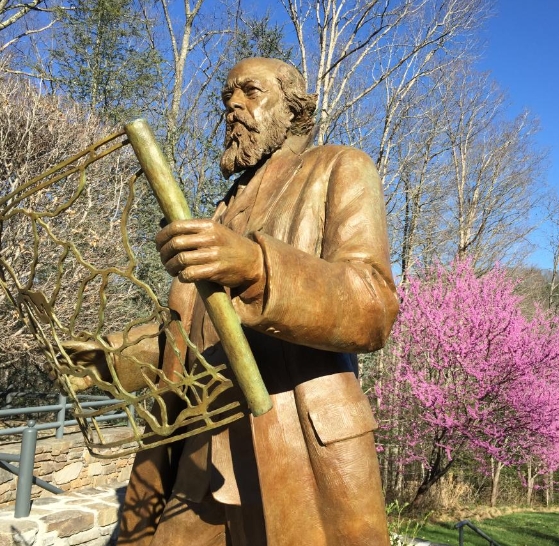Fredrick Law Olmsted is often regarded as the father of American landscape architecture for his groundbreaking work in creating urban parks and green spaces. His designs left a lasting legacy that can still be seen and appreciated today.
Designing Central Park
One of Olmsted’s most well-known projects is the design of Central Park in New York City. Created in partnership with Calvert Vaux, the park was envisioned as a place for city dwellers to escape the hustle and bustle of urban life and connect with nature. Olmsted’s design incorporated meandering paths, lush greenery, and picturesque vistas, creating a peaceful oasis in the midst of the city.
Shaping Urban Planning
Olmsted’s influence extended beyond just individual parks. He believed that well-designed green spaces were essential for the health and well-being of city residents, and he advocated for the integration of parks and greenways into urban planning. His ideas helped shape the way cities across the country thought about green space and urban development.
Creating a National Park System
In addition to his work in urban environments, Olmsted also played a key role in the creation of the national park system. He was involved in the design of several national parks, including Yosemite and Acadia, and he helped establish the principles that guide the preservation and management of these treasured natural spaces.
Influencing Future Generations
Olmsted’s work continues to inspire landscape architects and urban planners to this day. His emphasis on the importance of green space, sustainable design, and the connection between people and nature has left a lasting impact on the field. His legacy can be seen in the countless parks, gardens, and public spaces that bear his influence, as well as in the continued efforts to create beautiful and functional landscapes for all to enjoy.
In conclusion, Fredrick Law Olmsted’s contributions to American landscape architecture are immeasurable. His innovative designs, advocacy for green space, and commitment to creating spaces that enhance the lives of city residents have shaped the way we think about the environment and urban planning. As we continue to explore and appreciate his legacy, we can find inspiration in his work to create sustainable, beautiful, and meaningful landscapes for future generations to enjoy.

